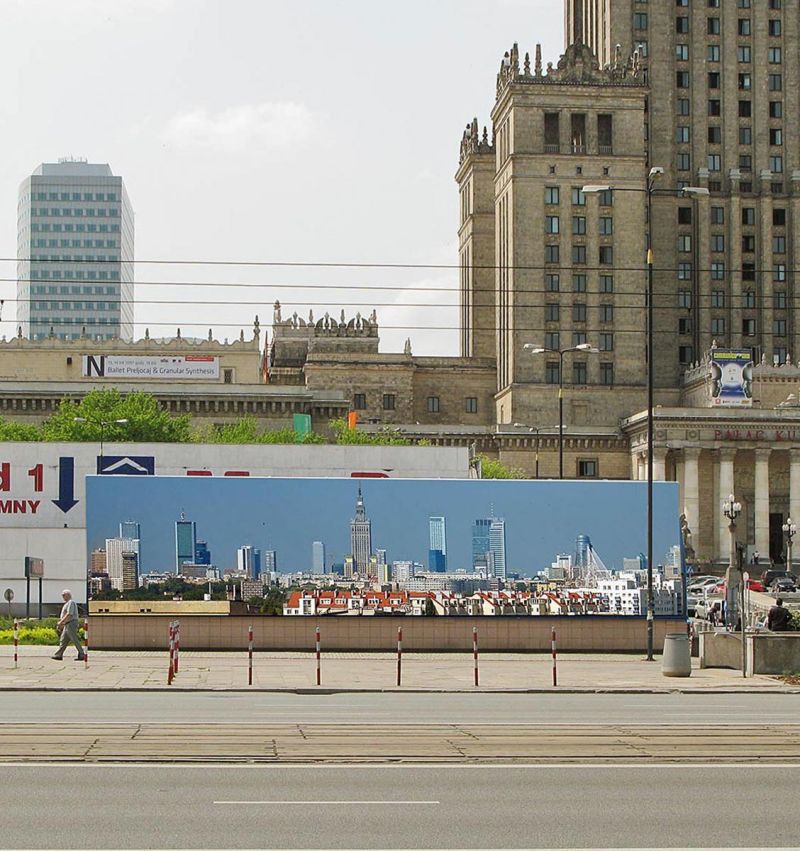Stefan Szczygieł. His photographic and film work
Mediathek Sorted
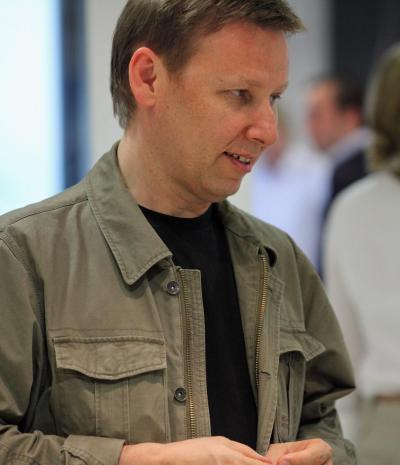
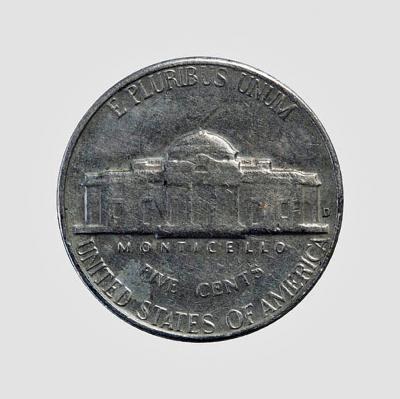



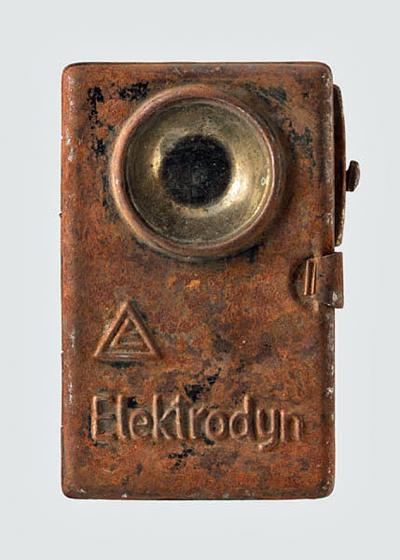
![“Feuerzeug” [Cigarette lighter] “Feuerzeug” [Cigarette lighter] - From the series “Blow Ups”, photogram, 200 x 300 cm.](/sites/default/files/styles/width_100_tiles/public/assets/images/07_feuerzeug.jpg?itok=lVUakM66)
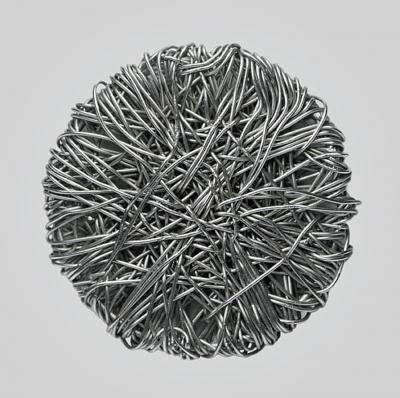
![“Telefon” [Telephone] “Telefon” [Telephone] - From the series “Blow Ups”, photogram, 200 x 260 cm](/sites/default/files/styles/width_100_tiles/public/assets/images/09_telefon.jpg?itok=McBWeT4z)
![“Taschenuhr” [Pocket watch] “Taschenuhr” [Pocket watch] - From the series “Blow Ups”, photogram, 250 x 200 cm.](/sites/default/files/styles/width_100_tiles/public/assets/images/10_taschenuhr.jpg?itok=yuY8kMzC)

![“Warsaw, Bridge” [Warschau, Brücke] “Warsaw, Bridge” [Warschau, Brücke] - From the series “Urban Spaces”, 2005-2009, Inkjet photo print, 60 x 170 cm (Edition: 10).](/sites/default/files/styles/width_100_tiles/public/assets/images/12_warschau_bruecke.jpg?itok=_mrZqMgU)

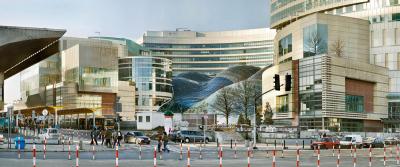
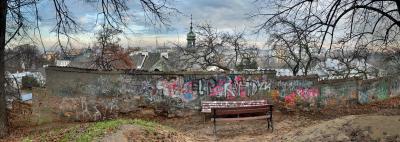

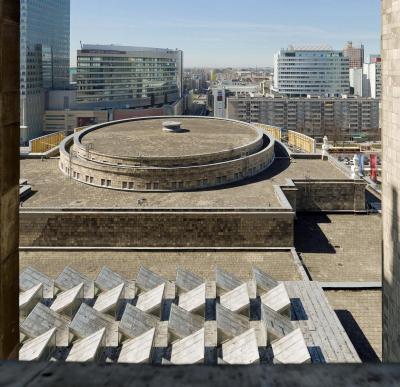
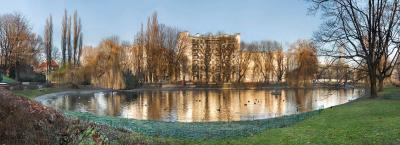

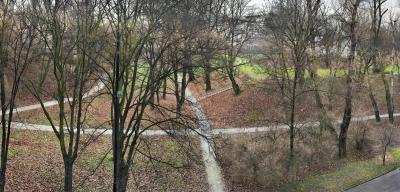
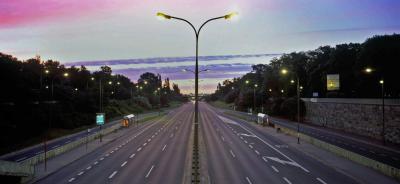
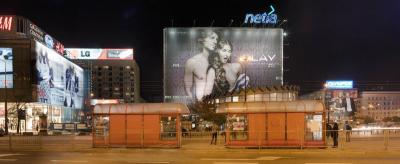
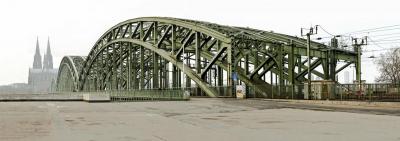
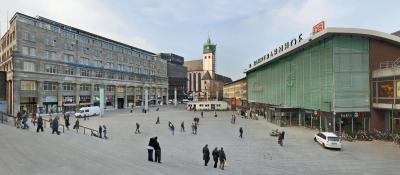
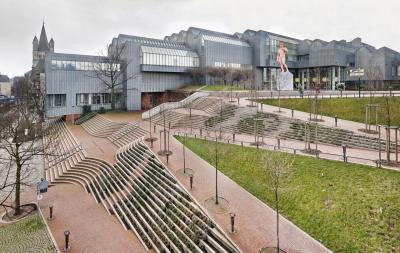
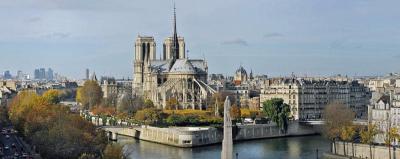
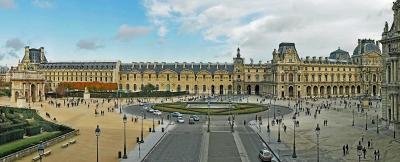

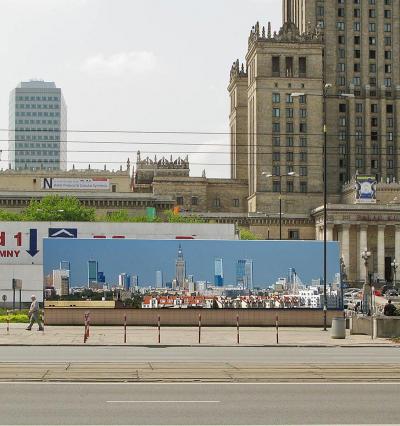
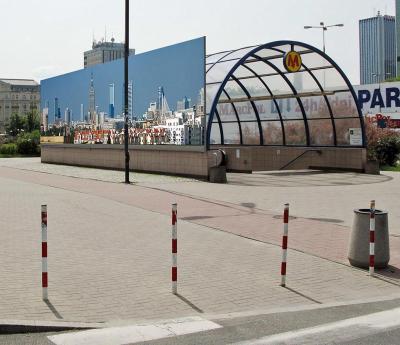
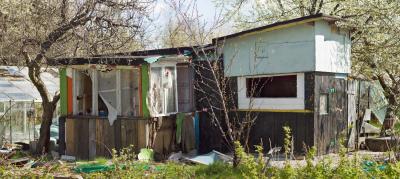
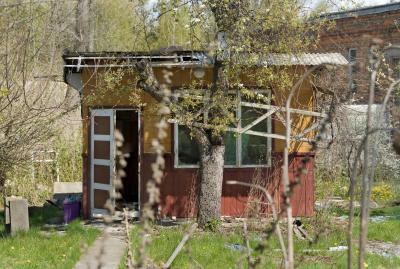

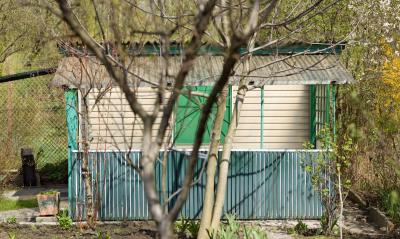

ZEITFLUG - Hamburg

ZEITFLUG - Warsaw






![“Feuerzeug” [Cigarette lighter] “Feuerzeug” [Cigarette lighter] - From the series “Blow Ups”, photogram, 200 x 300 cm.](/sites/default/files/styles/width_100_tiles/public/assets/images/07_feuerzeug.jpg?itok=lVUakM66)

![“Telefon” [Telephone] “Telefon” [Telephone] - From the series “Blow Ups”, photogram, 200 x 260 cm](/sites/default/files/styles/width_100_tiles/public/assets/images/09_telefon.jpg?itok=McBWeT4z)
![“Taschenuhr” [Pocket watch] “Taschenuhr” [Pocket watch] - From the series “Blow Ups”, photogram, 250 x 200 cm.](/sites/default/files/styles/width_100_tiles/public/assets/images/10_taschenuhr.jpg?itok=yuY8kMzC)

![“Warsaw, Bridge” [Warschau, Brücke] “Warsaw, Bridge” [Warschau, Brücke] - From the series “Urban Spaces”, 2005-2009, Inkjet photo print, 60 x 170 cm (Edition: 10).](/sites/default/files/styles/width_100_tiles/public/assets/images/12_warschau_bruecke.jpg?itok=_mrZqMgU)

























The artist and photographer Stefan Szczygieł was born in Warsaw in 1961, and studied free art at the Düsseldorf Academy of Art from 1984 to 1992, initially in Bernd Becher’s photography class for a few years, and later in the video art class under the pioneer of media art, the Korean, Nam June Paik. In 1993 he moved back home to Warsaw, where he opened his own photo studio and worked as a freelance photographer and artist. Szczygieł earned his living by taking photos for a number of different photo and commercial agencies, and photographic magazines, made portraits of artists, and worked on brochures published by the city of Warsaw. Later he was commissioned to provide photos for a number of different photography homepages. From the early years of the 21st century he also received commissions from institutions, businesses and agencies in Germany.
All his life he maintained a special relationship with Germany in his photographic work. He was especially delighted to receive invitations to present his independent photography and film projects, and was a regular visitor to Cologne and Hamburg. Furthermore he took part in numerous exhibitions in Poland, Germany, the Netherlands and Norway. He died of an illness shortly before Christmas 2011.
Szczygieł arrived to study in Germany just after martial law had ended in Poland, and in the following year, 1984, more than 550,000 Poles left the country. Contrary to their application, over 50% of them moved to the Federal Republic of Germany and West Berlin on a permanent basis. Stefan Szczygieł was one of them. He was looking for somewhere to train that was free of ideology and that would allow him to make a career both in Poland and also in the West.
During the Iron Curtain period Western cultural mediators and art experts working in museums and galleries seldom looked towards the east. Despite the political climate there was a groundswell of artists in Poland, Czechoslovakia and Hungary (and also East Germany) who created their own scenes and made a meagre living independent of socialist propaganda and state-commissioned art. Only in the 1980s did people in the Federal Republic of Germany slowly become aware of art beyond the borders of ideology, although job profiles in the fine arts in Szczygieł’s home country, Poland, and in the neighbouring socialist countries were regarded as being utterly without perspective. For decades artists throughout the Eastern block were not taken seriously and excluded from the art markets in capitalist states and nations. Hence they were invisible, and following a profession as an artist was anything but an attractive prospect.






















































































